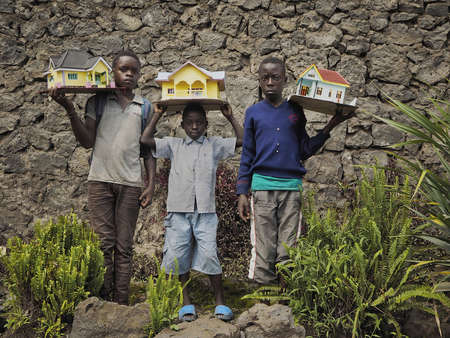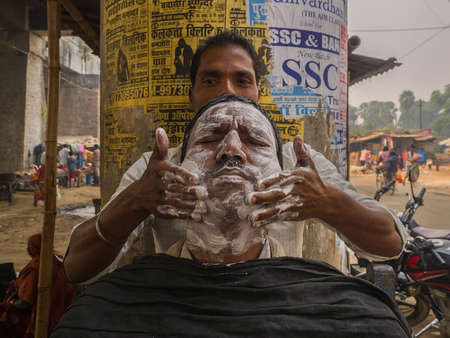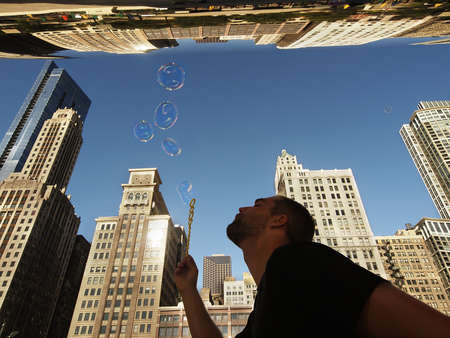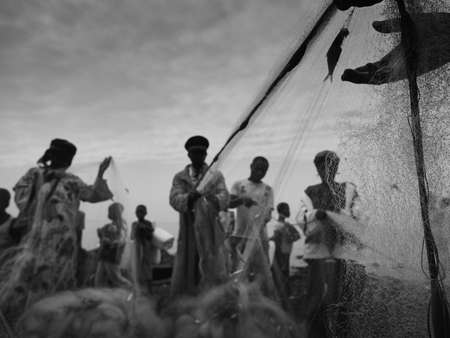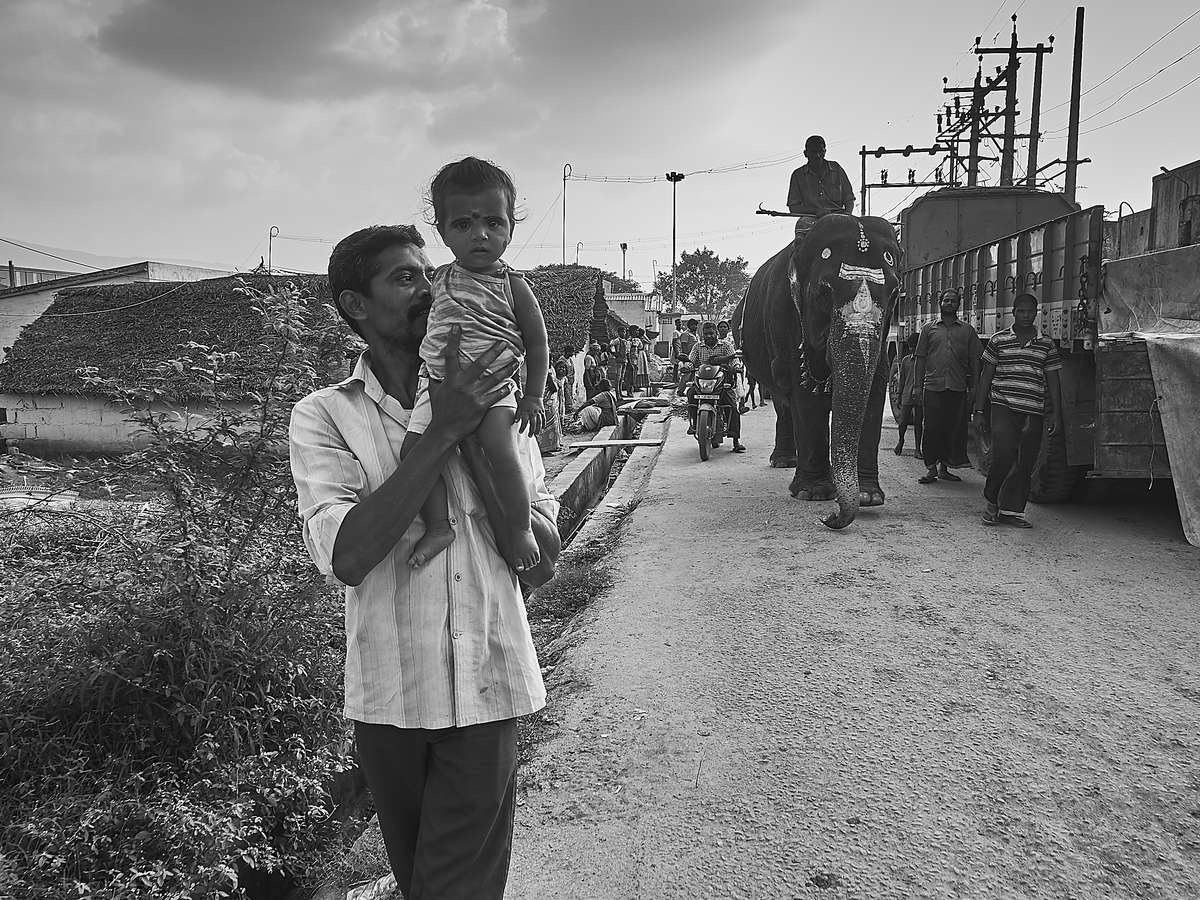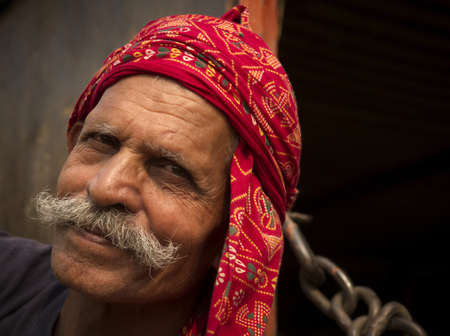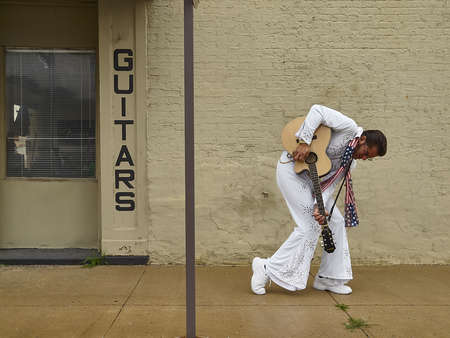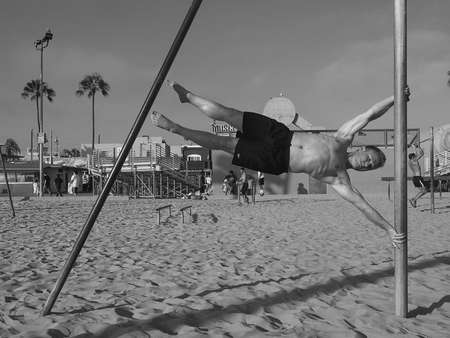Few photographic genres are as challenging as street photography. A successful outing requires patience, concentration, social interaction and stamina. Street photography is all about pushing boundaries in busy urban environments to capture fleeting, expressive moments. Some of history’s greatest photographers are deeply rooted in the art of street shooting and have captured some of the medium’s most memorable images.
Success depends on one’s courage to meet the urban challenge head on. While climbing a mountain peak to capture an amazing view might require a healthy dose of athletic ability, the adrenaline rush of interacting with the cacophony of visual chaos just outside our doors is just as real.
If you’re itching to take your cameras on a far-away adventure or vacation, working on unfamiliar turf or amid a different culture can be an intimating proposition. Here are seven tips to help you get outside and capture the world as it unfolds around you.
GEAR UP BUT GO LIGHT
If you’re operating in the classic street style, carry one body and limit you lens choice to a zoom or perhaps two prime lenses. My favorite street shooting setup is a small backpack. On my shoulder I’ll carry one OM-D body and the versatile M.Zuiko Digital ED 12-40mm F2.8 PRO zoom. This focal length is perfect for street photography. The wide end of the zoom range is great for the tight confines of city streets and the long end is perfect for portraits or for isolating details. Don’t forget an extra battery or two.
For the smallest kit, consider an Olympus PEN and a small prime such as the M.Zuiko Digital 17mm F1.8 or the M.Zuiko Digital 25mm F1.8. The compact size of a PEN makes it a street-shooter’s dream.
I rarely carry a tripod anymore unless I know I’ll be working at night with extremely long exposures. The Olympus internal stabilization technology allows hand-held exposures of many seconds.
SET YOUR CAMERA TO ANTICIPATE THE ACTION
Things happen quickly on the street and pictures present themselves in a constantly moving tableau. You must develop the habit of shooting first and worry about your camera settings second. I keep my cameras on the aperture-priority mode set a -.3 EV exposure bias. This helps to guarantee I won’t overexpose the highlight areas of the image. I decide on the aperture, generally leaning to faster f-stops (2.8-4) to keep my shutter speeds fairly high. If I’m working in the shadows, I’ll choose an exposure index of 800 or even higher. Olympus sensors are very capable at higher exposure indices, so don’t hesitate to exploit this benefit. I use the single autofocus mode with the broad focus points engaged for near point and shoot focus accuracy. Finally, I keep my drive mode set to the default “L,” or low setting that captures about four frames per second.
These general settings are a starting point. When I see an image, I quickly raise my camera and snap the photo. If I can work the composition for follow-up shots, I’ll then think about optimizing camera setting. Shooting so freely is actually liberating. Learn to “loosen up.” Quirky, off-kilter street photography is in keeping with the chaos of the street so learn to embrace it. Keep your camera out and ready. I work with a shoulder strap then adjust it into a wrist strap if I’m actively working a series of photos. Even if I’m in a vehicle moving from place to place, my camera is close at hand and ready to shoot.
RESEARCH LOCATIONS BEFORE YOU GO
Whether you’re traveling on a casual vacation or a bona fide photo safari use online searches to research common photo locations. Head to these areas on arrival. This will help you become more comfortable in a strange environment and you’ll likely meet other photographers to compare notes with. As you become more confident, look for more places off the beaten path. I sometimes start by exploring parks and high vantage points. Also note – and avoid – unsafe locations.
BUDGET YOUR TIME, THEN TAKE A BREAK
Budget time on the streets for about a few hours then take a break. Start by shooting broad scenes, objects, angles, light and shadow and ignore people as they pass you by. Eventually, as you become more comfortable, you will naturally find ways to incorporate humans in your images. You’ll also realize street photography isn’t as easy as it looks.
FIGURE OUT THE RHYTHM OF THE STREET
Figuring out the street rhythm and how to frame your shots requires a lot of time and many failures. Your senses are being bombarded with sights, sounds and movement. Look for life’s small moments as they begin to unfold and learn to anticipate angles. If I come away with four or five really great shots from a day on the streets, it’s been a good day.
Try to force yourself to move closer to your subjects to exploit near-far relationships of elements in the frame and add a sense of depth to your images. While you’re framing, pay close attention to what’s happening in the background. Think about composing in two planes––the foreground element juxtaposed with action happening in the background. This is a powerful and simple compositional approach that almost guarantees interesting images.
Most Olympus cameras have articulating view screens that allow you to focus shoot without looking through the camera’s eyepiece. I use this technique all the time and keep my Olympus Live View screen set for touch focus and exposure. Looking at the back of your camera is less intimidating to strangers and allows you to see more of what’s happening around you. Conversely, lurking around with a telephoto lens, snapping photos of strangers isn’t recommended and will make your subjects uncomfortable and suspicious. Be transparent and upfront and most people will ignore you as you shoot.
SMILE - THE UNIVERSAL LANGUAGE
Everyone speaks the universal language of SMILE. Practice making eye contact with people as you work and smile as you do so. You’ll be amazed at the response you get. Learn basic phrases. “Hello,” “thank you,” and “may, I please” are great ice-breakers.
PRIVACY AND RESPECT MATTER
While it’s rarely unlawful to photograph in public spaces, check the local laws first. Even if the law is on your side, people have a fundamental expectation of privacy. If someone objects, I stop immediately and apologize.
Remember the golden rule of street photography: Respect your subjects and they’ll respect you.
ABOUT LARRY C. PRICE
Blog: larrycprice.com/category/blog
An Olympus Visionary since 2003, Larry C. Price is a two-time Pulitzer Prize-winning photojournalist and a 2016 Emmy Award recipient for his documentary broadcast segment for PBS NewsHour spotlighting child labor in the Philippines.

